How to play Football
Latest Football News
Focus on Basic Fundamentals Daily
Improving basic football fundamentals is crucial to developing skills that differentiate amateur players from professionals. These fundamentals, when improved, not only elevate individual performance but also contribute significantly to team success. Below, we explore four essential aspects: ball control, passing accuracy, shooting on goal and marking efficiently, detailing techniques and strategies for each.
1. Ball Control
- Take the ball wherever you want: Practice dribbling at different speeds and directions to improve your adaptability on the field.
- Control the force of each touch: Adjust the force applied to the touch to keep the ball close, making it easier to change direction and speed.
- Master and start moving: Work on controlling the ball both in motion and at a standstill to ensure smooth transitions between catch and action.
2. Passing Accuracy
- Shoot wherever you want: Practice targeted passes at different targets to improve accuracy from different angles and distances.
- Short pass with the inside of the foot: Use the inside of the foot for short passes, focusing on precision and control.
- Anticipate your teammate's position: Develop the ability to predict your teammates' movements, facilitating passes that break through the opponent's defensive lines.
3. Shot on Goal
- Balance between strength and precision: Practice kicks from different distances, seeking the ideal balance for each situation.
- Finishing opportunities: Improve your ability to recognize and exploit ideal moments to shoot on goal, increasing effectiveness.
- Shot effect: Practice kicks with effect to surprise goalkeepers and increase your chances of success.
4. Effective Tagging
- Reduce spaces: Learn to position yourself in a way that reduces the opponent's passing options, forcing mistakes.
- Anticipate passes and launches: Develop the reading of the game to intercept passes or strategically position yourself against launches.
- Do not disturb the goalkeeper in the small area: Maintain communication with the goalkeeper, avoiding obstructing his vision or movement in the critical area.
Basic rules are key
Understanding the basic rules of football is essential to enjoying the sport and playing correctly. Below, we explain some of the fundamental concepts and rules that govern the game.
-
O The central objective of football is to score goals, which involves sending the ball beyond the goal line, between the posts and under the bar, with the entire ball completely crossing the line.
- Importance of goalkeepers: Only goalkeepers can use their hands and arms to touch the ball inside their penalty area.
- Game structure: Matches are divided into regular times, with the possibility of extra time or extra time, depending on the championship rules.
-
O game starts in the center of the field, with a kickoff after the referee's whistle, the ball must always be played in the direction of the opponent's goal.
- Initial choice: A coin toss decides who chooses the side of the field or initial possession.
-
O side The only time that outfield players must use their hands is when the ball goes over the sidelines and the match is resumed with a penalty.
- Shooting rules: The player must throw the ball with both hands behind his head and without lifting his feet from the ground.
-
A offside rule aims to promote fairness in the game, preventing players from unfairly taking an advantageous position.
- How it works: A player is in an offside position if he is closer to the opponent's goal line than the ball and the second-to-last opponent, unless he is in his own defense field.
-
You direct and indirect free kicks There are two types of fouls that allow the game to be restarted after infractions.
- Direct free kick: Occasions for this foul include plays with physical contact, such as pushing, pulling or touching the ball. This rule encourages precision and technical skill, allowing direct shots at goal that can result in spectacular moments.
- Indirect free kick: This is scored for infractions that do not involve direct contact, such as dangerous plays or obstructions. The need for an additional touch before the shot on goal encourages teamwork and strategic execution.
-
You penalty shootout These are moments of high pressure that test both the taker and the goalkeeper, offering an almost guaranteed scoring chance.
- The penalty taker and goalkeeper must be the only ones within the area at the time of the penalty.
- The dynamics of a penalty involve not only the taker's ability to deceive the goalkeeper and execute an accurate shot, but also the goalkeeper's ability to anticipate and react to the goal attempt, making each penalty a psychological and technical battle.
-
You cards They are essential for maintaining discipline on the field, directly influencing the players' behavior and the development of the game.
- Yellow card: Serves as a warning for unsportsmanlike conduct, pressuring the player to remain cautious in subsequent actions to avoid expulsion.
- Red card: Has a significant impact, reducing the team to ten players and changing game strategies, as well as having possible implications for future matches due to suspensions.
Extra Tips
- Cardiovascular Endurance: Increasing your endurance through prolonged runs will help you maintain your pace throughout the match.
- Finishing Technique: Practice dribbling against the goalkeeper, using feints before shooting to increase your chances of scoring.
- Progressive Training: Start by training the fundamentals at low intensity, gradually increasing to improve technique and skill.
- Basic rules: Remember that only the goalkeeper can touch the ball with his hands, except for throw-ins.
- Nutrition: Maintaining a balanced diet is essential to sustain high energy levels during training and games.
Materials for playing and training
- Soccer ball: Choose a quality ball that meets official size and weight standards.
- Football boots: Investing in suitable football boots provides better grip on the field and support for your feet.
- Shin guards: Essential for protecting your shins during games and training.
- Soccer socks: Wear socks that support shin pads and provide comfort during movement.
- Training Cones: Useful for demarcating training areas and practicing dribbling and running.
Sources
HOW TO HAVE MORE CONTROL OF THE BALL - DRIVING DOMINATION
10 BALL CONTROL EXERCISES | TECHNICAL TRAINING WITH BALL | IMPROVE YOUR FOOTBALL TECHNIQUE
Success for nutrition: discovering the importance of sports nutrition in football


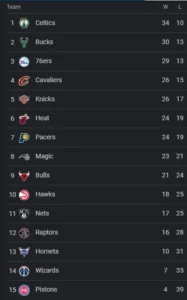
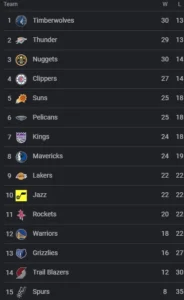

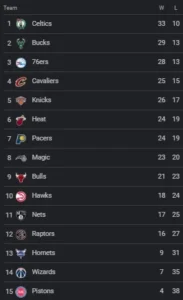
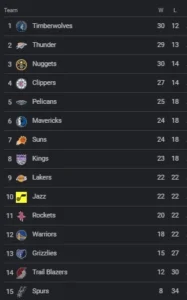

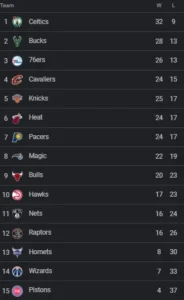
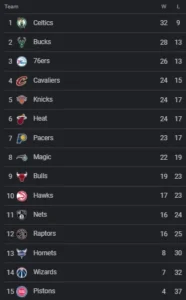
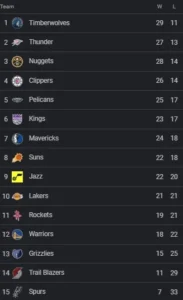
Post Comment